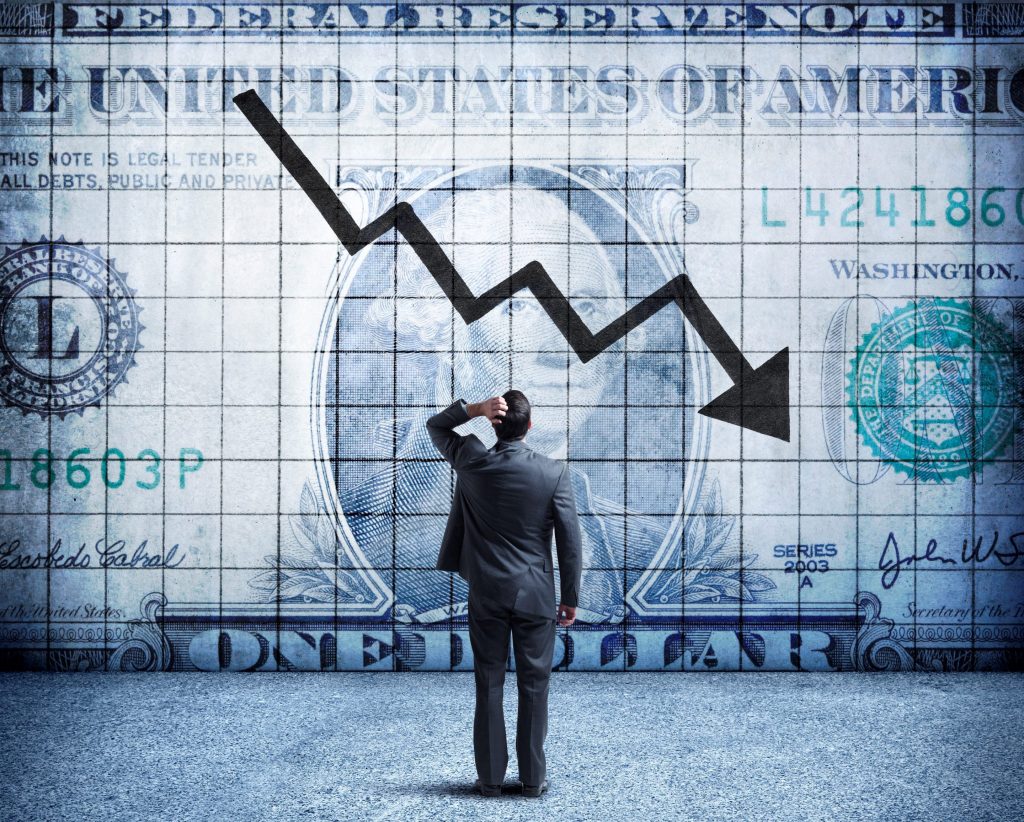There’s no better way to prepare yourself for 2023 than knowing what the world’s experts are predicting for the year ahead. A Tehelka Bureau report.
With population slowing down in China, India is expected to become the developing market of choice. India has already outpaced China as the most populous country in 2023. Also India has the conditions in place for an economic boom fuelled by offshoring, investment in manufacturing, the energy transition, and the country’s advanced digital infrastructure.
The2023 Global Forecast Report created using over 500 predictions from more than 100 different sources, including more than 20 bank reports and outlooks presents an interesting global scenario. The VC+ report presents the top banks’ forecasts for the S&P 500, treasury yields, and recession timelines charted. It also gives a bird’s eye view of the IMF’s inflation, unemployment, and GDP growth outlooks for nations and a collection of the “spiciest” and most outrageous predictions from experts for the year ahead.
Is a recession coming?
For the U.S. and Global Macroeconomics Bank of America going into 2023, one expected shock remains: recession. The U.S., Euro area and UK are all expected to see recessions next year, and the rest of the world should continue to weaken, with China a notable exception.
Most banks are expecting the U.S. to enter a recession in the latter half of 2023. Experts estimate a 35% probability that the U.S. economy enters a recession over the next 12 months. Similarly most banks are expecting the U.S. to enter a recession in the latter half of 2023. These include J.P. Morgan, Goldman Sachs, Bank of America, Morgan Stanley, Barclays, Wells Fargo and PNC Deutsche Bank. “We estimate a 35% probability that the U.S. economy enters a recession over the next 12 months, ” says Goldman Sachs
Expect the unexpected?
Regional tensions breed opportunity As the economy slows, we could be facing a longer consumer-driven recession rather than just significant declines in investment and associated losses in employment. The conventional wisdom sees stocks falling in the first six months of 2023 in anticipation of a US recession and then recovering in the back half of the year once the first green shoots appear. We think the exact opposite will happen. 2023 will be a year of global recession, but investment opportunities will arise from the continued desynchronization between the three largest economic blocs – the US, the Euro area and China. Stocks will rise in the first half of 2023 as hopes of a soft landing intensify, and then dip in the second half.
As the economy slows, we could be facing a longer consumer-driven recession rather than just significant declines in investment and associated losses in employment, says Mihir Desai, professor of finance HBS. Once the focus shifts from the Fed’s monetary policy and interest rates, the timing and depth of the economic slowdown will be in the hands of consumers.
Interest rates
While many experts are forecasting a peak and eventual cuts in interest rates for 2023, the Federal Reserve’s latest projections only see rates going higher. While the Federal Reserve’s projections don’t foresee rate cuts in 2023, economists were more optimistic when polled by the WSJ. Top 66 economists gave their predictions for where the midpoint of the Fed Funds Rate would be at the end of 2023. They see a peak UK interest rate of 4.0%–4.5% in the second quarter. Higher rates under scenario #1 could cause home sales to drop by more than 10% next year. In scenario #2, home sales drop by 7% to 8%. And in scenario #3, home activity may also drop further by more than 15%.

Inflation may fall even if labour pressures remain strong. The rapid decline in the working-age population is likely to generate continuous labour shortages of blue-collar and manual services workers. The rate of wage growth in these jobs should be relatively robust in most years until the next recession. The U.S. unemployment rate should peak at 5.5% in the first quarter of 2024, hindering consumer spending. Inflation is poised to drop below wage growth.
Already in the first 10 days of January companies have started layoffs. For instance Salesforce has laid off 8,000 employees, Amazon 8,000, Goldman Sachs 3,200, Huobi 275, ByteDance 70-100, Silvergate 200, Twitter 52, Genesis 60 and Gate.io 160.
Significantly, emerging markets have better growth, lower inflation, and less sovereign and private debt, yet EM equities and currencies trade at crisis-level valuations. Gold will remain a desirable hedge against a variety of geopolitical risks, as well as the risk of a second wave of inflation. The tech IPO market will rebound in 2023, surprising pretty much everyone. U.S.-China relations will probably stabilize somewhat in early 2023 given Xi’s ongoing charm offensive, one aimed at repairing Beijing’s badly damaged reputation without altering any of its malign behavior.
One key area this could happen is in the battlefield of social media platforms. AI advances make it easy for bots to appear more human, and spread disinformation. In 2023, we’ll also see a dramatic increase in the availability of easy-to-adopt, fully supported AI workflows based on what are called Transformer models. AI is becoming the foundation for data-processing platforms and an essential engine of every business and enterprise.













